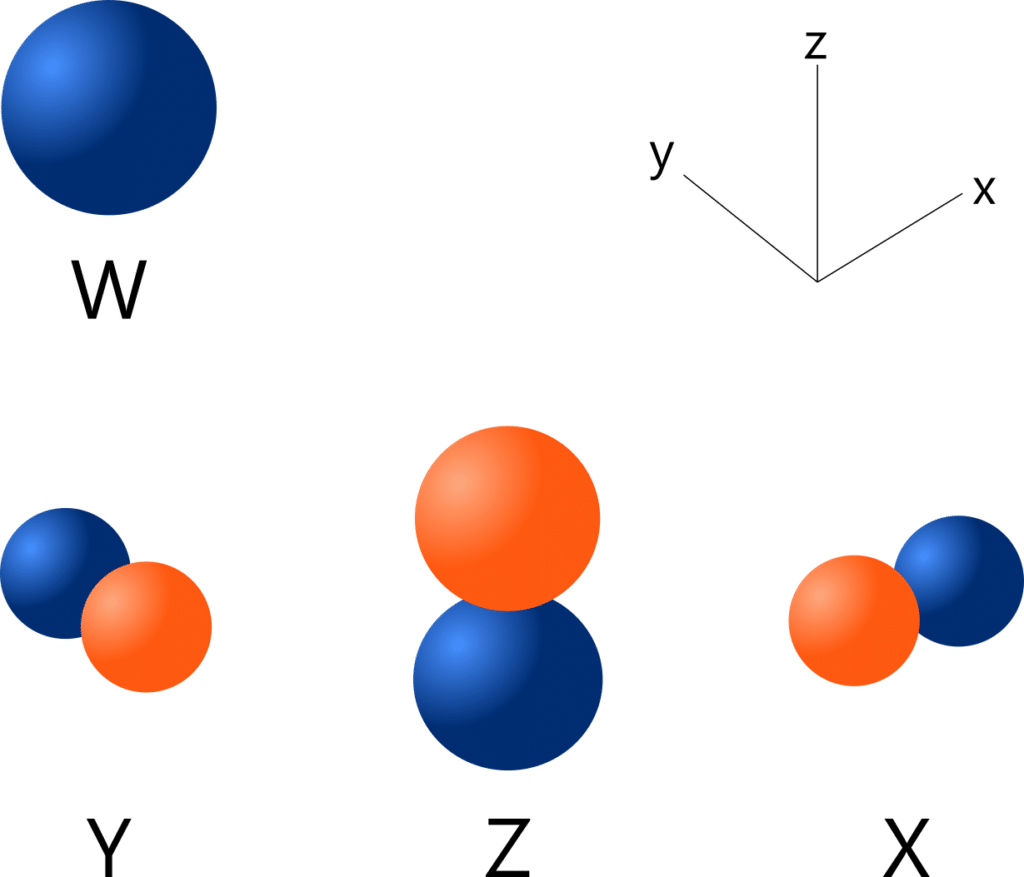Ambisonics is a spatial audio technique used to record, reproduce, or simulate a sound field. This method takes advantage of the well-known Kirchhoff-Helmholtz integral equation (KHIE). Knowing the pressure and normal particle velocity at a point on an enclosed volume surface, KHIE allows us to evaluate the sound pressure at any position inside or outside the boundary. Ambisonics uses the simplest geometric volume, a sphere.
From the Ambisonic recording, the measured soundfield is decomposed at a given point using an -order spherical Bessel series, yielding
where n is the degree, m is the order, is the Ambisonic coefficient, and
is the Bessel function of the first kind representing the radial-dependence of the signal. Angular-dependence (azimuth and elevation) is represented by spherical harmonics,
where are the associated Legendre functions, and the radical is the normalization factor. The expansion is also truncated to an order L , giving
, where N is the number of sensors or loudspeakers used to measure or project the soundfield, respectively.

W is order n=0, degree 0, Y is n=1,
m=-1, Z is n=1, m=0, and X is n=1,
m=1.
Solving for the Ambisonic coefficients allows us to encode the signal from A-Format (raw signals) to B-Format. Traditionally, B-Format is restricted to first-order Ambisonics, as seen above; however, many other formats have extended to higher orders, such as FuMa and AmbiX. Lastly, Ambisonics most prominent feature allows for agnostic playback. Loudspeaker configurations may use any arbitrary geometry; the configuration is only limited by the quantity of speakers. Ambisonic signals may also be rendered binaurally through headphones.